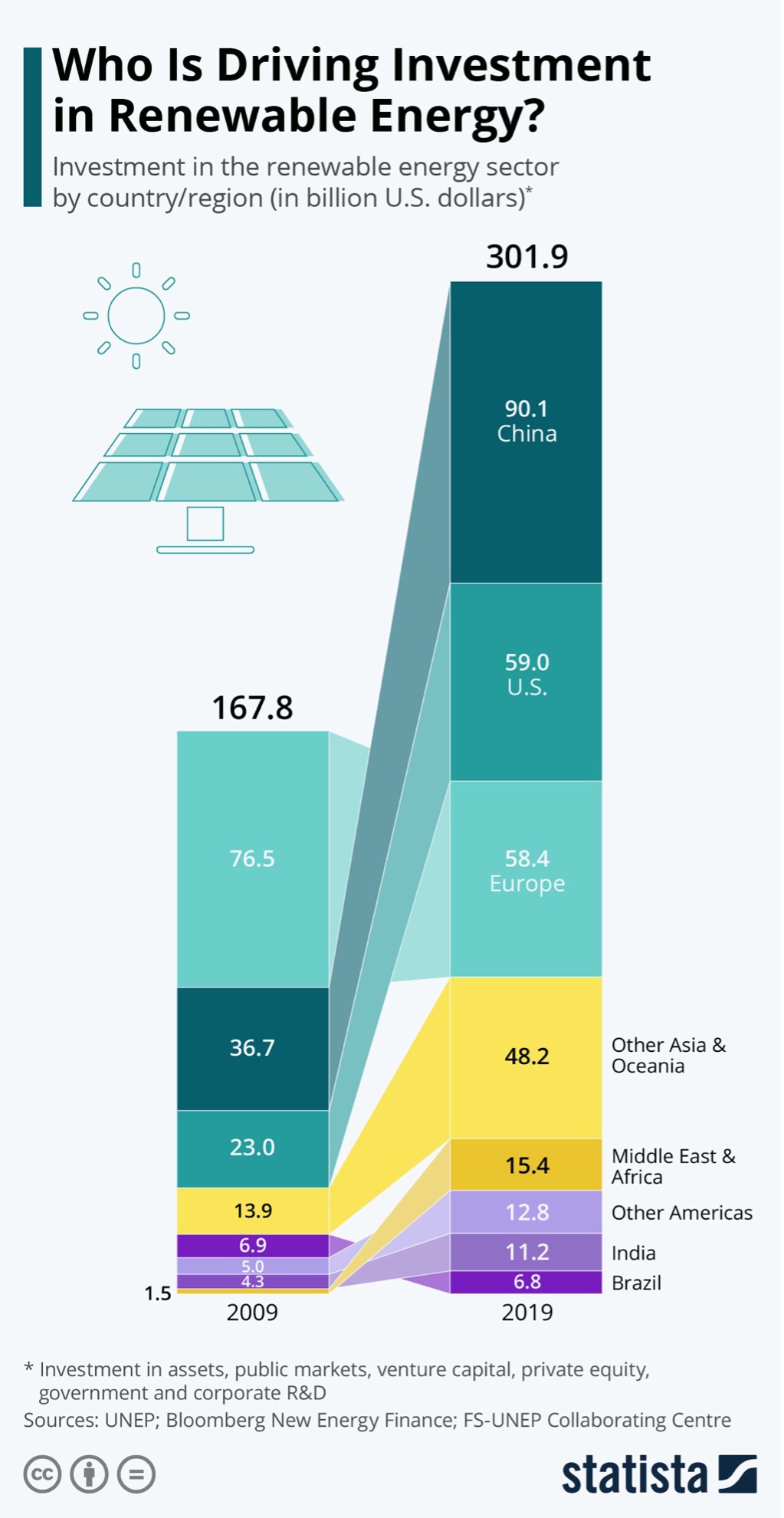Widgetized Section
Go to Admin » Appearance » Widgets » and move Gabfire Widget: Social into that MastheadOverlay zone
Green for Some, Brown for Others: Who Gets Left Behind in the Climate Transition?
The views expressed are those of the author and do not necessarily reflect the views of ASPA as an organization.
By Sukia Akiba
June 27, 2025


We’ve been warned for decades that the cost of doing nothing about climate change would one day outweigh the cost of action. That “one day” is now and yet we still aren’t doing enough.
According to McKinsey & Company, hitting net-zero emissions by 2050 will require an estimated $9.2 trillion in global investment every year, about $3.5 trillion more annually than we’re currently spending. The International Energy Agency says we need to double clean energy investment to $4 trillion annually by 2030 just to stay on track.
The math is scary, but it’s simple: either we pay now to prevent the worst outcomes or we pay much more later in the form of climate disasters, economic collapse and public health crises. The UN Environment Programme estimates that inaction could cost the world $2–4 trillion every year by 2100. That’s not just theory. That’s sea level rise, heat waves, forced migration and families losing everything they’ve built.
Meanwhile, the IPCC says global emissions must peak before 2025 and drop nearly 50% by 2030 if we want to stay under 1.5°C of warming. That would require scaling up global mitigation funding by at least three to six times current levels.
And yet, we stall.
In the U.S., Progress and Pushback
Federal climate policy in the U.S. has been a rollercoaster. The Inflation Reduction Act and Bipartisan Infrastructure Law made historic investments in clean energy and grid modernization. But those gains are fragile. A change in national leadership could roll back critical policies, cut funding and refocus on fossil fuel expansion.
We are in a race not just against climate change but against delay and denial.
Climate Equity: Who Gets to “Go Green”?
Not everyone has the same access to the “green economy.”
Yes, some households can afford solar, EVs and heat pumps. But millions, especially in Black and Brown communities, are still struggling just to keep the lights on.
These households are more likely to live in older, inefficient housing. They pay disproportionately high utility bills and are often excluded from rebates, tax credits and clean energy programs that weren’t designed with them in mind.
If we rely on utility-based funding mechanisms, those costs get passed to ratepayers. And no elected official wants to be blamed for rising electric bills. Without deliberate, equity-driven investment, we risk reinforcing the same disparities that created this crisis in the first place.
Are we really building a green future if the most vulnerable people can’t afford to be part of it?
Local Governments Aren’t Powerless
While federal action is critical, state and local governments can lead in big ways.
Cities like Ithaca, NY are decarbonizing buildings. Boston and Los Angeles are building resilience hubs and green workforce pipelines. More municipalities are adopting participatory budgeting and Justice40-style frameworks to ensure underserved communities benefit.
If you’re a public manager, planner or policy advisor, this is your lane. You can:
- Leverage green bonds and grants to fund local infrastructure
- Conduct climate equity audits as part of procurement and planning
- Partner with residents on bottom-up climate strategies that reflect real lived experience
These are not just environmental choices, they’re smart, future-focused governance.
If the U.S. Steps Back, the World Stalls
The U.S. is still the second-largest emitter and a major driver of international climate finance. A four-year federal freeze would stall domestic progress and signal to other major emitters like China and Brazil that delay is acceptable.
Subnational actors can do a lot but they can’t set fuel standards, negotiate climate treaties or coordinate a $9 trillion global transition. We need both top-down and bottom-up action.
The 2°C Window: Still Open, Barely
At this point, most experts agree that limiting warming to 1.5°C is likely out of reach. But the 2°C target, outlined in the Paris Agreement, is still achievable—barely.
BloombergNEF estimates it would take $215 trillion in cumulative investment by 2050, or around $7.2 trillion per year, across energy, buildings, transport and carbon removal. That number is staggering but so is the alternative.
We’re not just talking about dollars. We’re talking about displacement, disease and disaster, especially for communities least responsible and least equipped to adapt.
The Future We Choose
The next chapter of our climate story won’t be defined by spreadsheets or slogans. It will be shaped by what we prioritize, who we include and whether we treat climate policy as a tool for justice or just another industry.
We already know the cost.
The question now is: Who will pay for a livable future and who gets left behind?
Author: Sukia Akiba is a public policy PhD student at UMass Boston, focusing on climate justice, housing, and equity. She serves as Vice President of Green Cambridge and is a board member for several environmental and community-based organizations. Her work centers on building equitable, sustainable systems for marginalized communities. Contact: [email protected]







Follow Us!